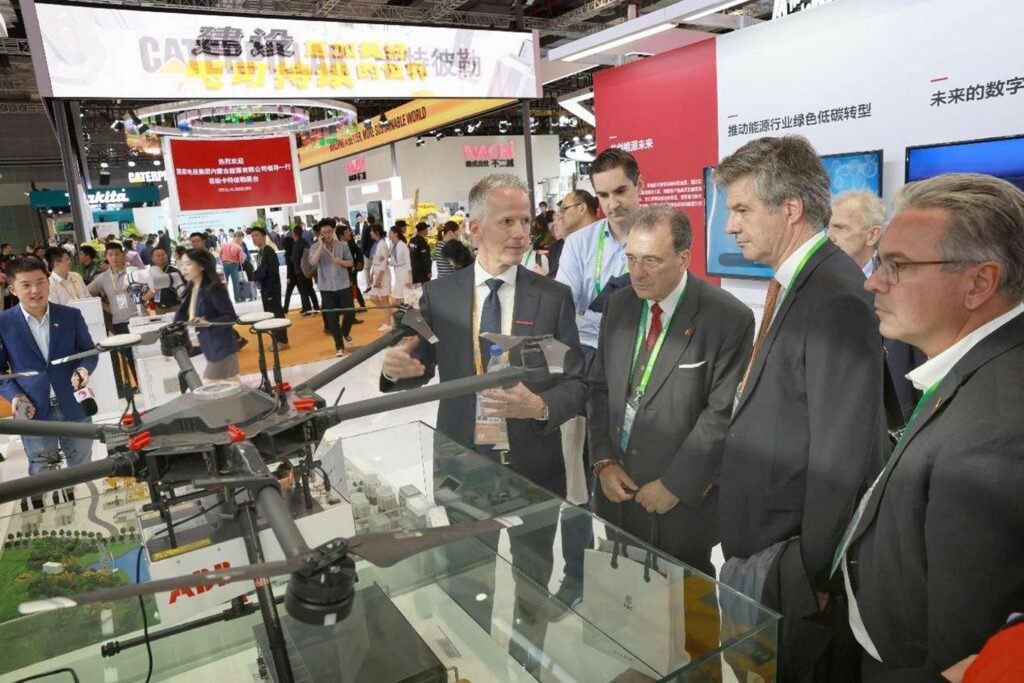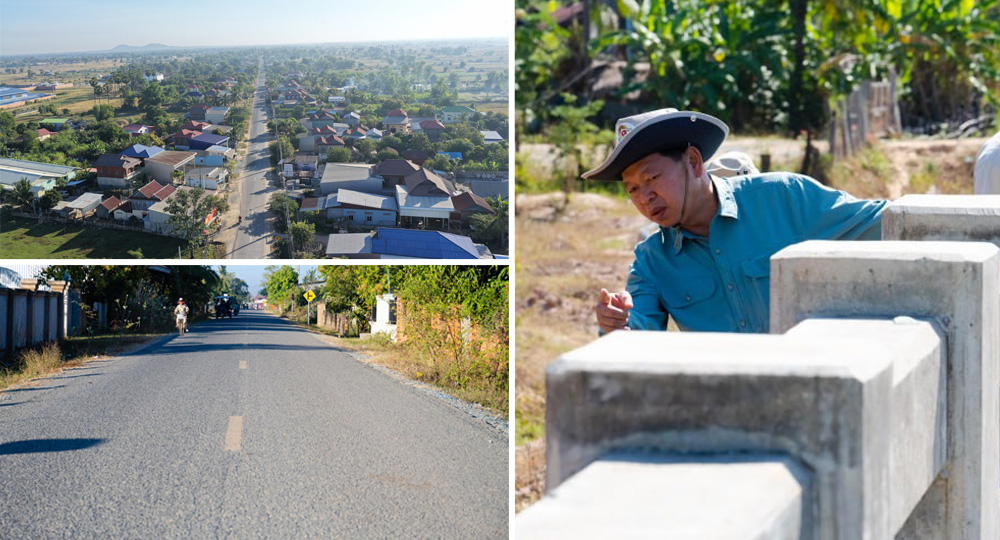Every day when the land port of Hong Kong-Zhuhai-Macao Bridge opens, a vibrant and bustling scene is on – tourists from the Chinese mainland conversing in different local dialects and Hong Kong and Macao families embarking on trips to the mainland are coming and going. Such lively atmosphere can be observed at various other ports across China, too.
According to statistics, around 424 million trips were made in and out of border ports in China in 2023, an increase of 266.5 percent compared to the previous year.
Among them, 206 million trips were made by mainland residents and 183 million by residents of Hong Kong, Macao and Taiwan, up 218.7 percent and 292.8 percent year on year, respectively.
The number of trips made by foreigners in and out of these border ports soared by 693.1 percent year on year to nearly 35.48 million.
The convenient and efficient personnel exchanges are attributed to various policies facilitating entry and exit. Since 2023, a series of innovative measures in immigration management have been implemented to adapt to the fast-paced and high-frequency international exchanges, greatly promoting the flow of people between China and foreign countries.
Starting from May 15, 2023, the National Immigration Administration (NIA) of China has further adjusted and optimized the policies and measures for entry and exit management, intending to facilitate the vitality of people’s mobility across borders.
The Beijing General Station of Exit and Entry Frontier Inspection has carried out systematic refurbishment and technological upgrades on its fast channel, including facial and fingerprint detection, automatic front-facing image capture, and video anti-tailgating. These measures ensure that the implementation of relevant policies results in faster and safer customs clearance.
“It’s just easy to follow the instructions,” said a woman surnamed Li, added that the fast channel of customs clearance is very tech-ish, providing a better experience and avoiding long queues.
It is reported that more than 11,500 passengers used the fast channel on the first day of the full resumption of fast customs clearance at Beijing ports.
“The transit this time was at least 30 minutes shorter than the last time,” said a Russian traveler named Andre, commenting the visa-free transit policy of China.
On Jan. 11, 21 foreign travelers subject to 24-hour visa-free transit were exempt from border inspection procedures at Chengdu Tianfu International Airport, southwest China’s Sichuan province. They were the first batch of international travelers to enjoy the new policy.
These passengers from Ho Chi Minh City, Vietnam, who were transiting to a third country, received their boarding passes for the next flight at the check-in counter in the transit area of the airport. After completing the security check, they directly boarded the plane for departure.
With this policy, foreign nationals holding international connecting flights within 24 hours are exempt from immigration inspection procedures and can transit directly to a third country or region via nine airports, including Beijing Capital International Airport, Shanghai Pudong International Airport, Guangzhou Baiyun International Airport, and Chengdu Tianfu International Airport.
This is one of the five measures introduced by the NIA to facilitate foreign nationals coming to China.
“It was convenient and efficient. The entire process was quick,” said Oliver from Germany who recently arrived at Beijing Capital International Airport and experienced port visa application.
Since the relaxation of port visa application requirements, the immigration inspection at Beijing Capital International Airport has been well-organized, with a simple and fast clearance process, ensuring efficient passage for inbound and outbound travelers.
Since 2023, the NIA has been providing convenience for foreign nationals through port visas and multiple-entry visas issued within the country. It has gradually restored passenger clearance at waterway ports, fully resumed exit and entry of international cruise passengers, reinstated visa-free transit policies and expanded their application to more countries, and provided convenient services for talent attraction. These measures have achieved solid results, ensuring a continuous and smooth flow of foreign nationals coming to China.
A new version of the Foreign Permanent Resident ID Card of the People’s Republic of China was put into use on Dec. 1, 2023. With five-starred elements symbolizing the Chinese national flag on it, the card is safer, more good looking and more practical.
“The card will better facilitate my life and travel in China,” said the technical manager of a production base of Sweden cable manufacturer in Changzhou, east China’s Jiangsu province, who was the first to receive the new ID card in Jiangsu province.
An NIA official noted that the issuance of the new ID card is an important measure to ensure high-level opening up and improve the level of information services for foreign nationals in China. It is conducive to better serving overseas talents in their investment, innovation, work, and life in China, and making more contributions to the high-quality development of the Chinese economy and society.
“As China continues to expand its opening-up, more and more Chinese people are going abroad, while an increasing number of foreigners are coming to China for business, tourism, work, study, and living. The immigration management authorities will continue to deepen reforms and innovations in immigration management, introduce more convenient policies and measures, and accelerate institutional opening up in immigration management service,” said another official from the NIA.
By Zhang Tianpei, People’s Daily






























